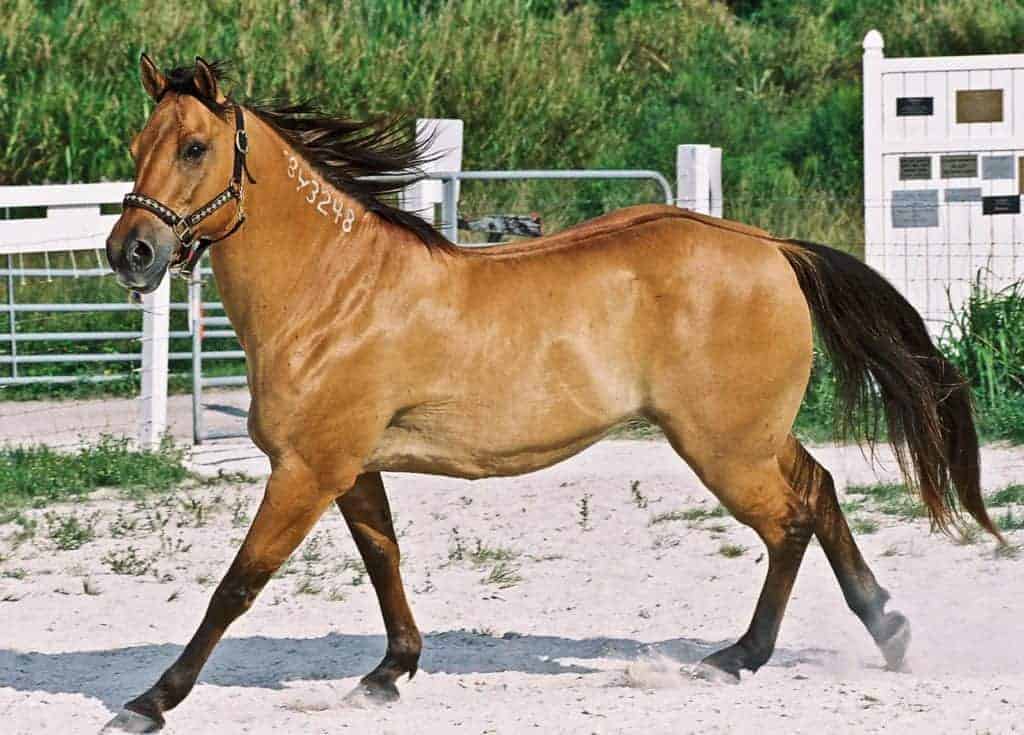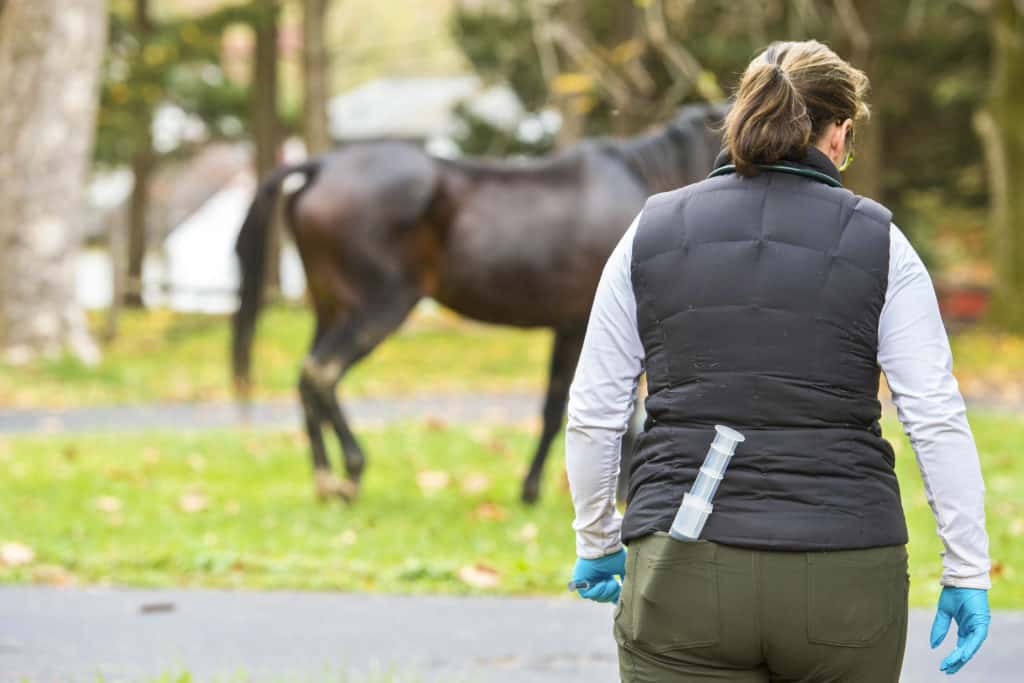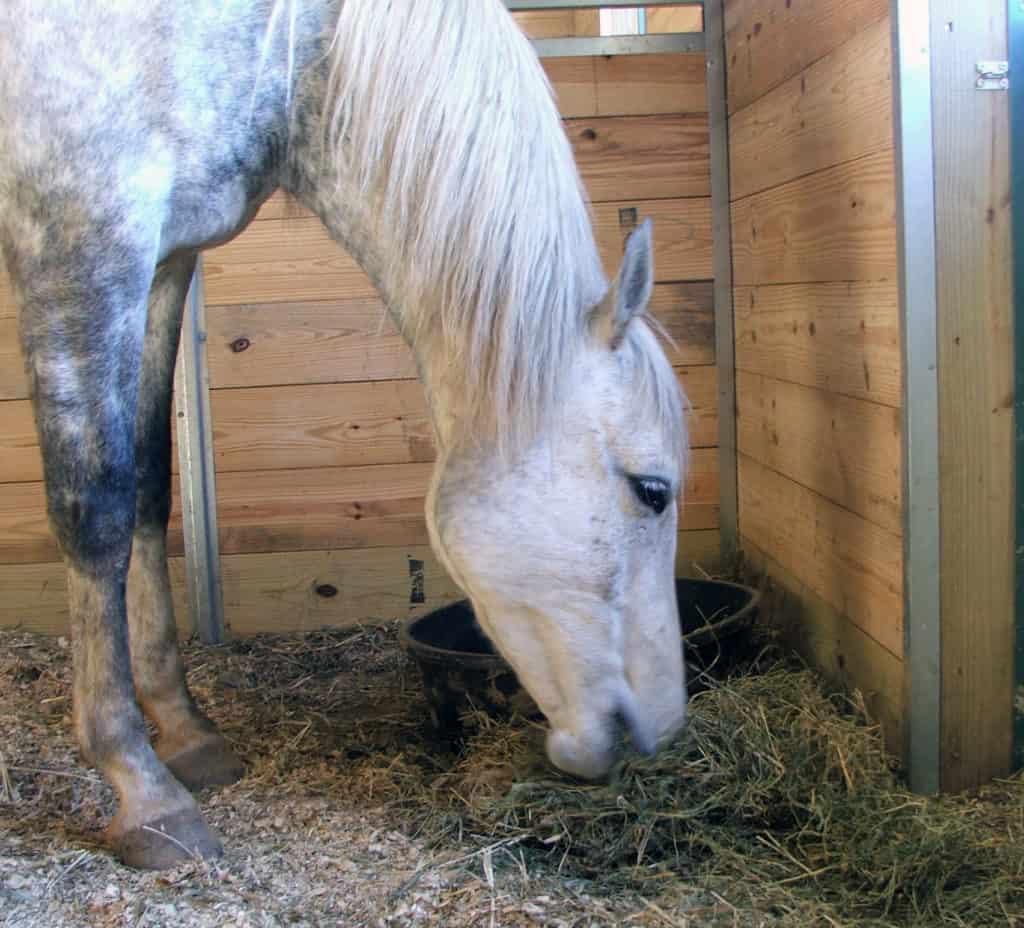
Helium and Oxygen Ventilation Improves Outcomes for Horses in Surgery
Researchers found that horses ventilated with “heliox” rated better for two measures of respiratory mechanical function—low peak inspiratory pressure and higher lung compliance—compared to those breathing pure oxygen.





























